We could debate forever about grilled versus griddled burgers. And, while we’re at it, about charcoal versus gas grills. But let’s say you don’t have a grill. Or mabe it’s below-freezing outside. How do you make a great burger without leaving your kitchen?
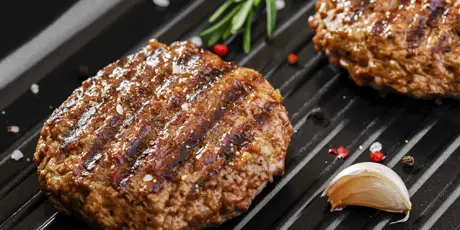 First, I need to explain the difference between English-English and American-English. In American-English, grilling is a form of cooking that involves dry heat applied to the surface of food, commonly from above or below. Grilling usually involves a significant amount of direct, radiant heat, and tends to be used for cooking meat and vegetables quickly. Food to be grilled is cooked on a grill, a grill pan, or griddle. Broiling is like grilling, only turned on its head. Broiling is when the heat is applied from above the food. In English-English, grilling is like American broiling. It’s also used for barbeques etcetera when the food rests on a metal grill. The other stuff is ‘pan fried’ or simply ‘fried’. So far; so complicated. So I shall try and explain as I go.
First, I need to explain the difference between English-English and American-English. In American-English, grilling is a form of cooking that involves dry heat applied to the surface of food, commonly from above or below. Grilling usually involves a significant amount of direct, radiant heat, and tends to be used for cooking meat and vegetables quickly. Food to be grilled is cooked on a grill, a grill pan, or griddle. Broiling is like grilling, only turned on its head. Broiling is when the heat is applied from above the food. In English-English, grilling is like American broiling. It’s also used for barbeques etcetera when the food rests on a metal grill. The other stuff is ‘pan fried’ or simply ‘fried’. So far; so complicated. So I shall try and explain as I go.
It seems to me that there are three basic cooking methods you can adopt to cook a burger indoors. The first is to broil your burger under the oven grill (that’s grilling in English-English). The second is to ‘grill’ it in a ridged grill pan (that’s pan-fried in English-English). And the third is on the stove top in a flat-bottomed skillet or frying pan (that’s also pan-fried in English-English).
The good news is that all three methods produce tasty burgers. But there are some tips and tricks that apply to every method. In other words, whether you want to griddle or broil is your call. Just don’t forget to follow these rules for success.
1. Don’t skimp on the fat.
Ground beef (minced beef) is classified according to its fat content. This is important in all ground beef recipes, from meatloaf to meatballs, but especially so when it comes to burgers. My own preference is for a burger with 20 percent fat and 80% meat. That may sound like a lot of fat, but if you’re making burgers, make them right! This fat content yields a juicy, full-flavoured result. Leaner options flirt with blandness and dryness. And a higher fat content risks a greasy burger.
2. Season immediately before cooking.
After you form the burger patty and you are ready to cook it, season the heck out of it with kosher salt (or rock salt) and freshly ground black pepper. But don’t season it before you’re ready to cook. Mixing the ground beef with salt (like you would with meatloaf or meatballs) affects the texture of the meat, making it tougher. By seasoning the outside just before you cook, you get a fabulous, full-flavour, super-tender beef patty.
3. Get the pan (or broiler) crazy hot.
What’s so great about grilling burgers? The smoky char you get from a blazing-hot grill. So by fully heating your pan or broiler, you’re treating your burger to the intense heat it deserves. That’s what creates the crustiest crust, which is as much about textural contrast as it is about big-time flavour. For bonus points, you can heat your pan under the broiler before adding the burger to the pan. That allows you to have a rare burger with a deep rich crust.
 For a burger with a difference, why not try Italian Style Burger? The addition of a little Pecorino Romano to the burger mix and then the melted Provolone cheese on top really does make it feel like Tuscany on a sunny day.
For a burger with a difference, why not try Italian Style Burger? The addition of a little Pecorino Romano to the burger mix and then the melted Provolone cheese on top really does make it feel like Tuscany on a sunny day.
 And so it was this year with John, Bob, Phil and Lee who came back for their third consecutive year. Four lovely guys from Yorkshire with accents strong enough to melt pig iron. Here to see the most dangerous road race on the planet. The Isle of Man TT race (Tourist Trophy) is arguably the most famous in the history of motorcycle racing. The race is run through the streets and narrow roads of the island yet the bikes hit speeds in excess of 200 mph (320 km/h). In fact, the average for the whole 37.73 twisting miles of the course (60.72 km) stands at 132 mph (212 km/h). Mistakes can be disastrous, and watching racers hug the walls of the locals’ front yards is exhilarating. You can’t love the death, you can’t love the loss. But you can’t love the excitement and the thrill without knowing that that’s part of it
And so it was this year with John, Bob, Phil and Lee who came back for their third consecutive year. Four lovely guys from Yorkshire with accents strong enough to melt pig iron. Here to see the most dangerous road race on the planet. The Isle of Man TT race (Tourist Trophy) is arguably the most famous in the history of motorcycle racing. The race is run through the streets and narrow roads of the island yet the bikes hit speeds in excess of 200 mph (320 km/h). In fact, the average for the whole 37.73 twisting miles of the course (60.72 km) stands at 132 mph (212 km/h). Mistakes can be disastrous, and watching racers hug the walls of the locals’ front yards is exhilarating. You can’t love the death, you can’t love the loss. But you can’t love the excitement and the thrill without knowing that that’s part of it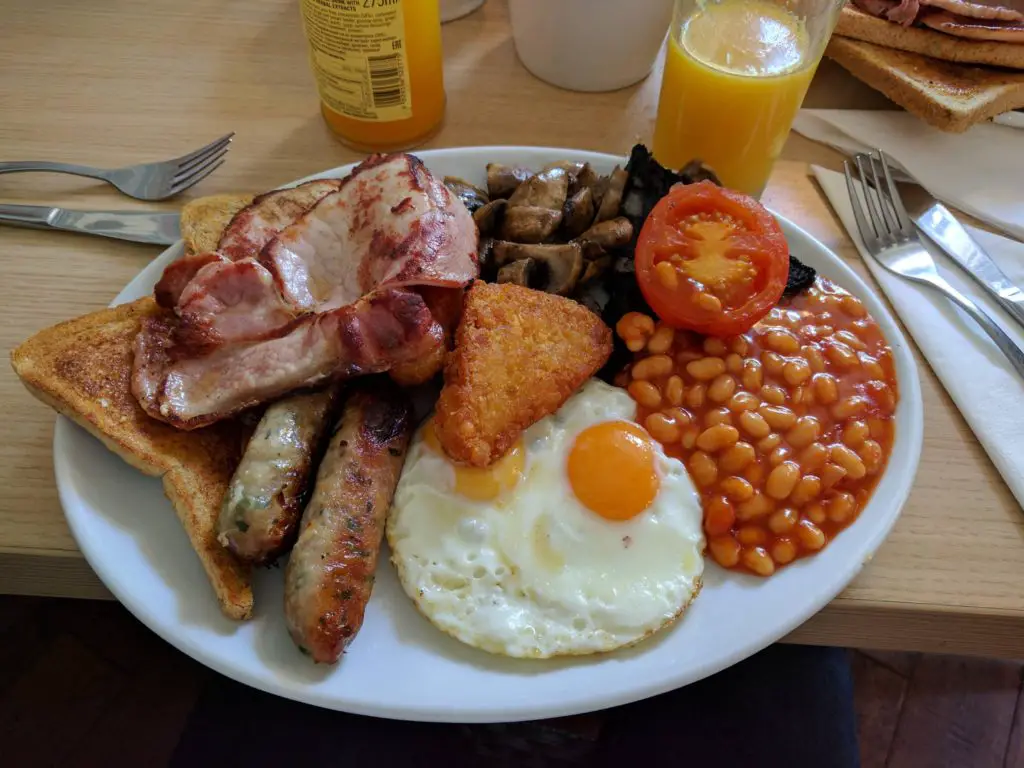 Anyway, back to the food… Every morning our four fine lads get a big fry-up to set them on course for a good day. So we’re talking two pork Cumberland sausages, 3 rashers of prime back bacon, 2 fried eggs, tomatoes, mushrooms, baked beans, toast, juice, tea and coffee. And if there’s any sausage or bacon left, Lee usually makes ‘pigs in blankets’ from it and takes it out for his lunch!
Anyway, back to the food… Every morning our four fine lads get a big fry-up to set them on course for a good day. So we’re talking two pork Cumberland sausages, 3 rashers of prime back bacon, 2 fried eggs, tomatoes, mushrooms, baked beans, toast, juice, tea and coffee. And if there’s any sausage or bacon left, Lee usually makes ‘pigs in blankets’ from it and takes it out for his lunch!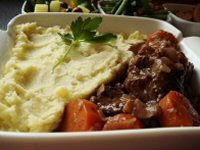 This year, Marie-Danielle made one of her famous
This year, Marie-Danielle made one of her famous 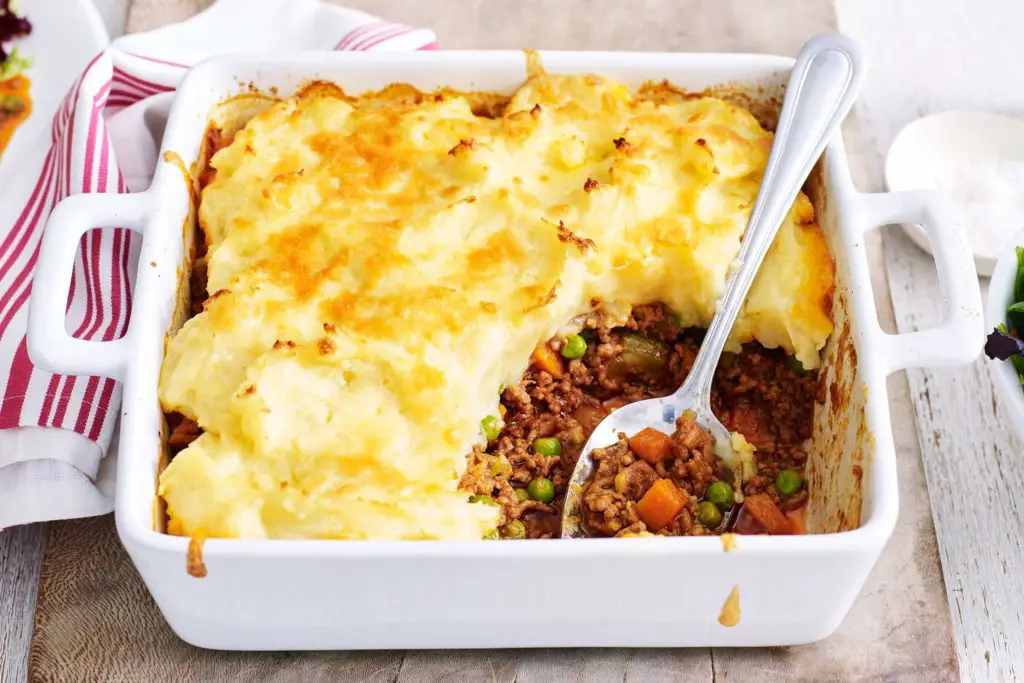
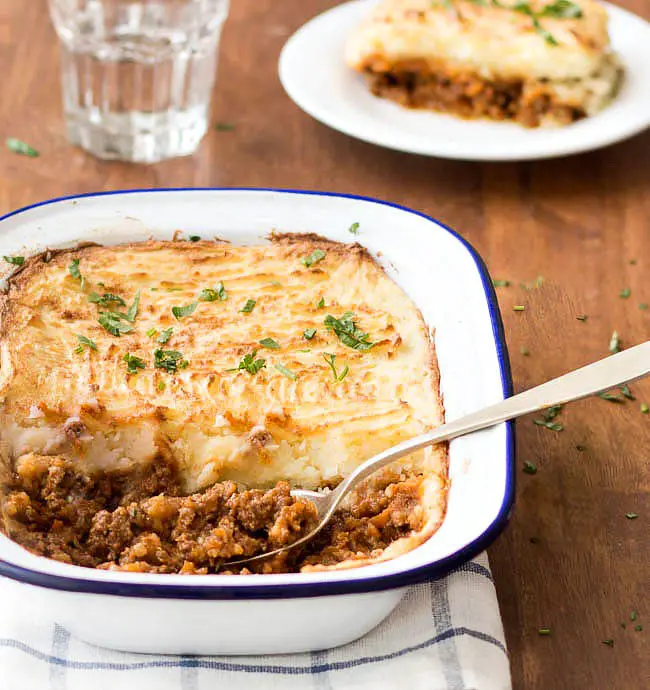
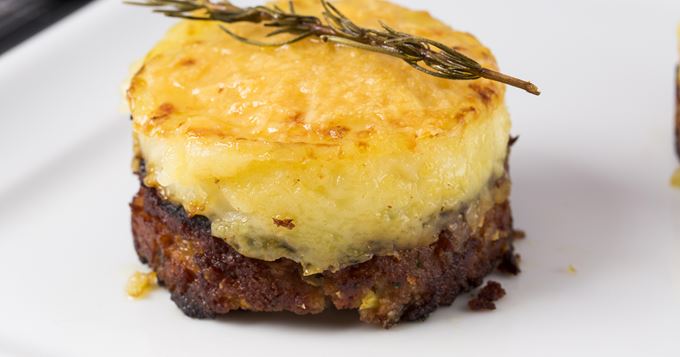
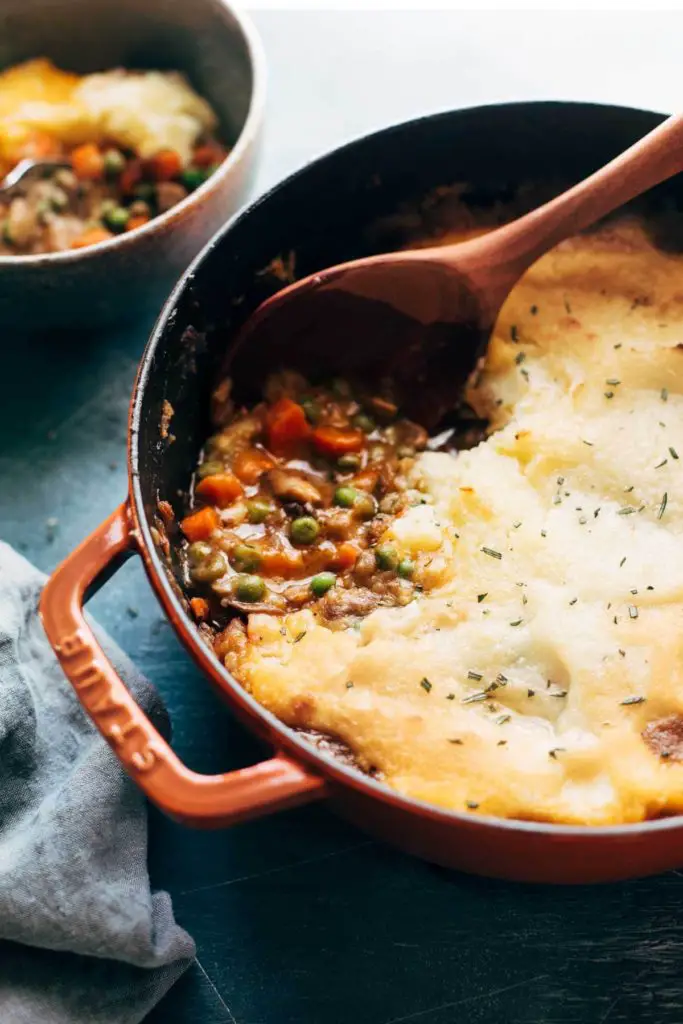
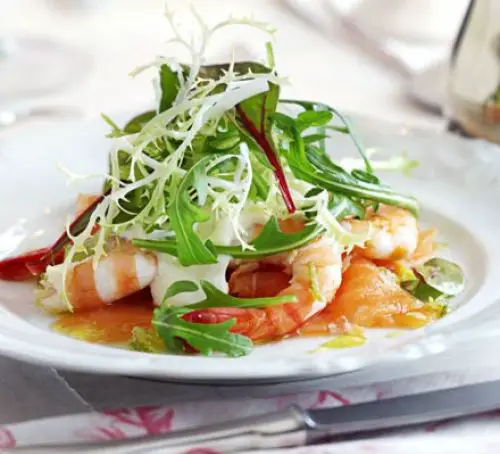
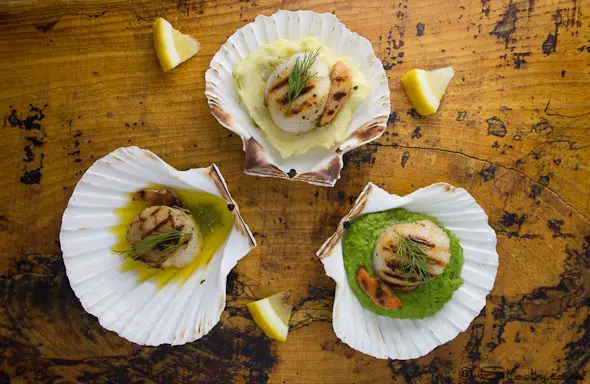
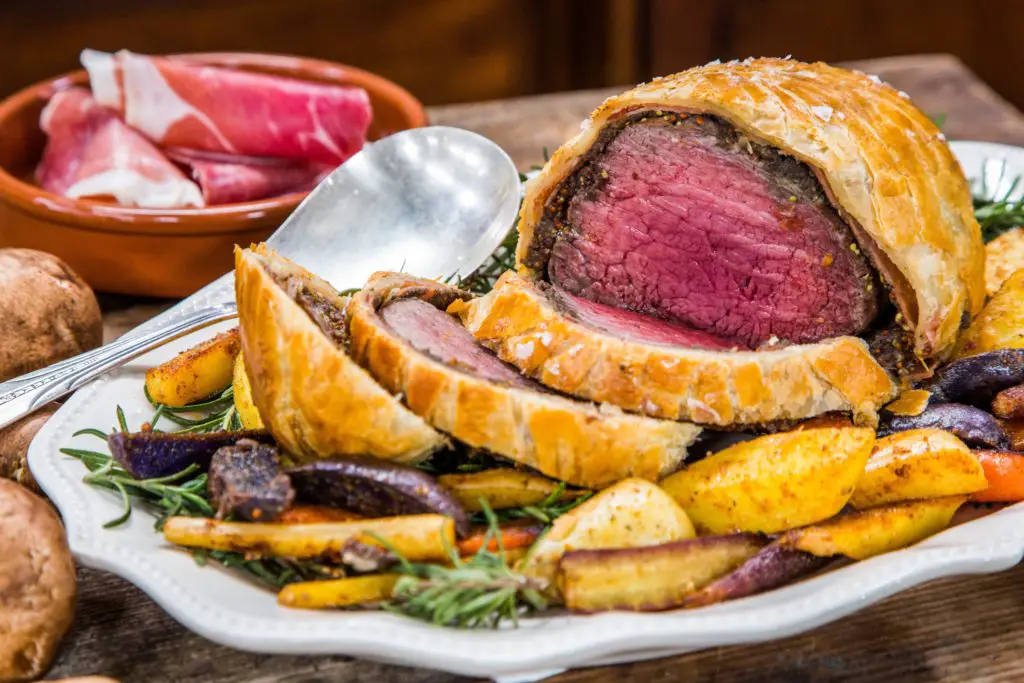
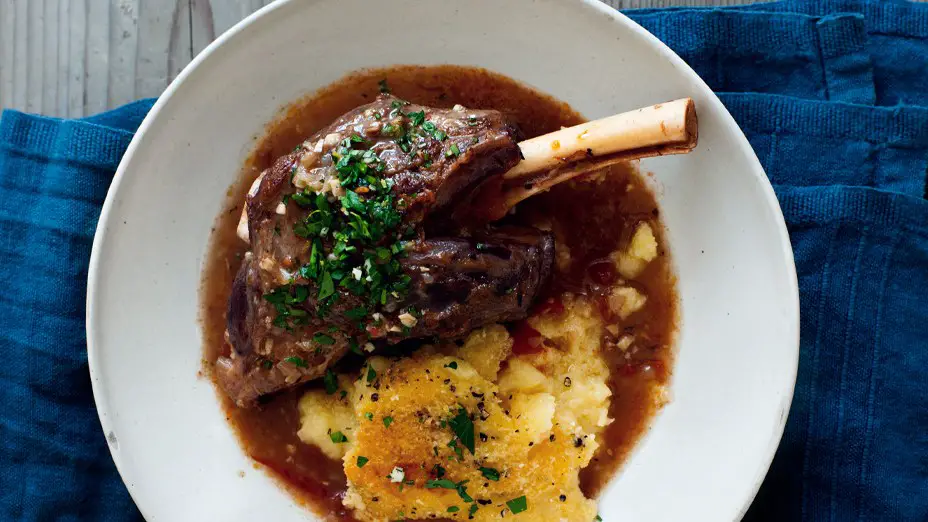
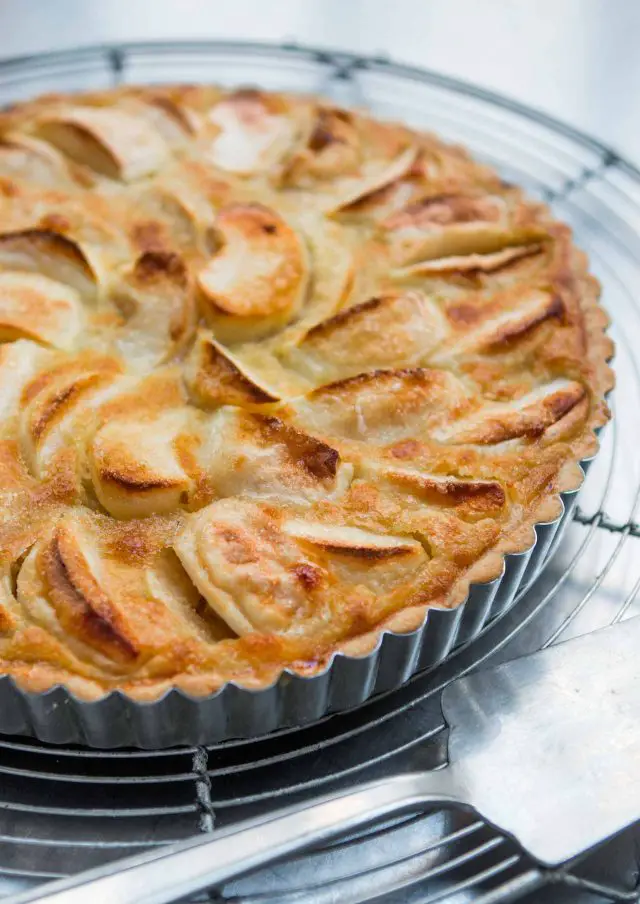
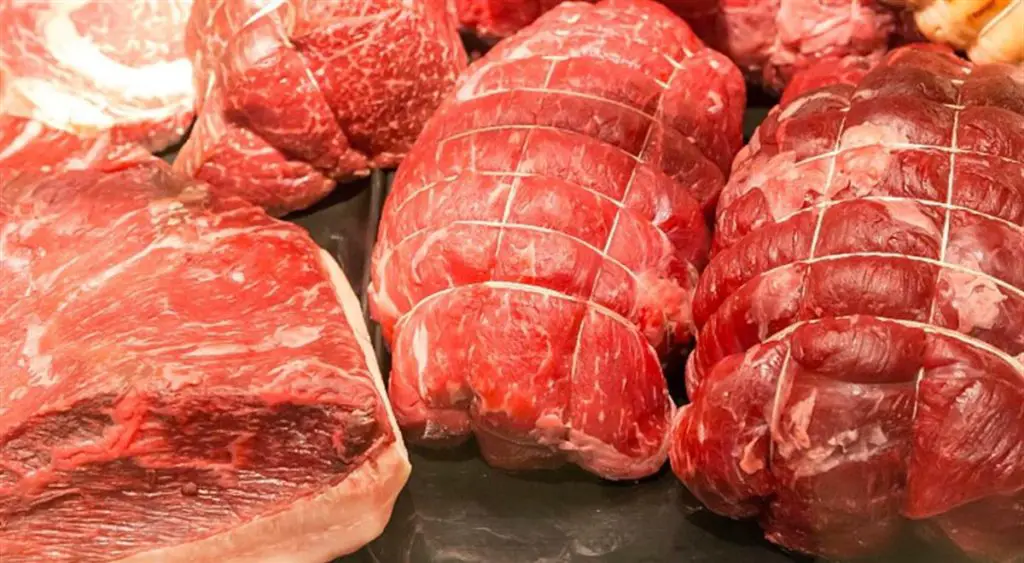 Recently many people seem to be turning against meat, particularly red meat that contains higher amounts of iron than chicken or fish. Beef is the main target. It is categorized as red meat — a term used for the meat of mammals, which contains higher amounts of iron than chicken or fish.
Recently many people seem to be turning against meat, particularly red meat that contains higher amounts of iron than chicken or fish. Beef is the main target. It is categorized as red meat — a term used for the meat of mammals, which contains higher amounts of iron than chicken or fish.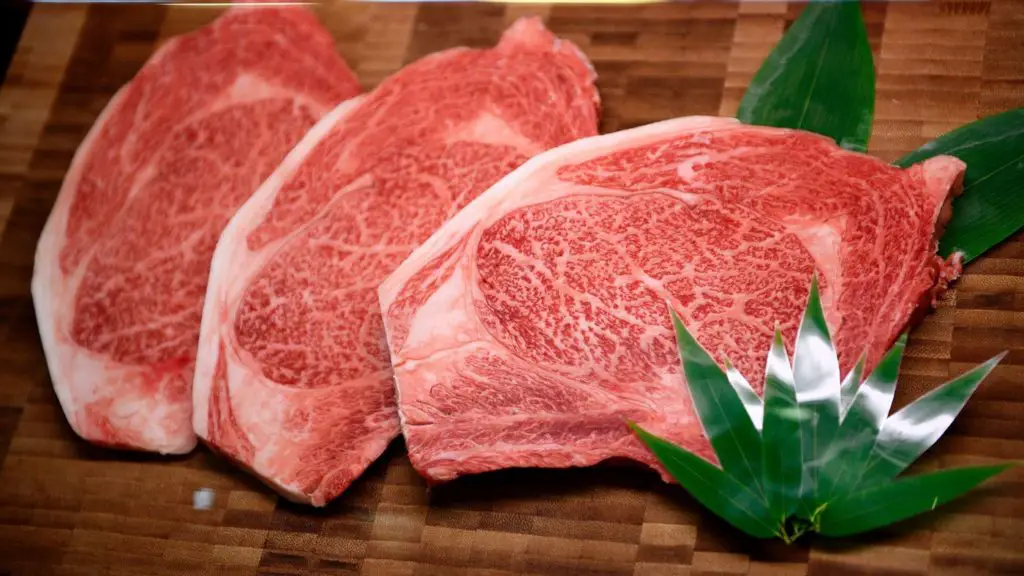 Many vitamins and minerals are also abundant in beef. Vitamin B12 is an essential nutrient that is important for blood formation and your brain and nervous system. One of the B vitamins, niacin (vitamin B3) has various important functions in your body. Low niacin intake has been associated with an increased risk of heart disease.
Many vitamins and minerals are also abundant in beef. Vitamin B12 is an essential nutrient that is important for blood formation and your brain and nervous system. One of the B vitamins, niacin (vitamin B3) has various important functions in your body. Low niacin intake has been associated with an increased risk of heart disease.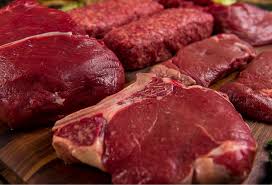 Compared to grain-fed beef, grass-fed beef has a higher antioxidant content, fat that is more yellow in color — indicating higher amounts of carotenoid antioxidants, higher amounts of vitamin E — especially when pasture-raised, and lower amounts of fat. Put simply, grass-fed beef is a healthier choice than grain-fed.
Compared to grain-fed beef, grass-fed beef has a higher antioxidant content, fat that is more yellow in color — indicating higher amounts of carotenoid antioxidants, higher amounts of vitamin E — especially when pasture-raised, and lower amounts of fat. Put simply, grass-fed beef is a healthier choice than grain-fed.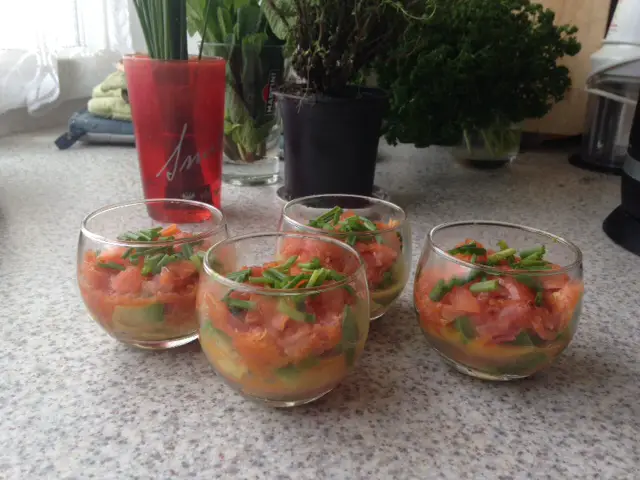 For a starter, we decided on
For a starter, we decided on 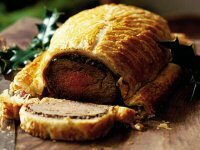 For our main course, we indulged in a glorious
For our main course, we indulged in a glorious 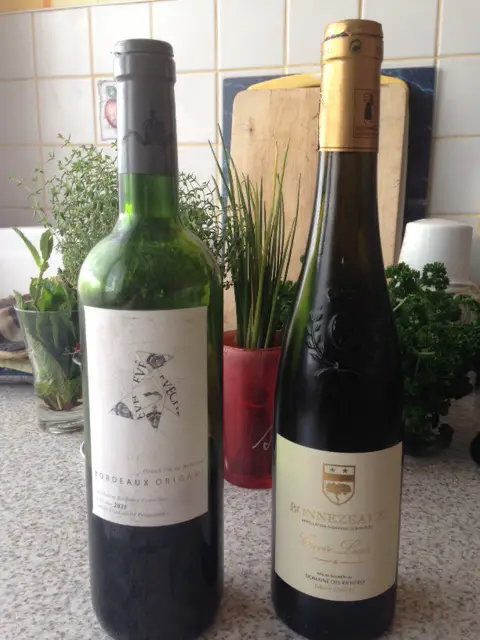 Bonnezeaux is recognised as a leading appellation. The steep, south- facing slopes and the outstanding thermal properties of the shallow soils encourage early development and over-ripe harvests which gives a sweet white wine. Intensely coloured; soft gold, developing coppery highlights over time. As they age, Bonnezeaux wines develop notes of acacia, verbena and orange peel before reaching an extraordinary level of aromatic complexity with notes of ripe quince, cooked apricot, caramel and tropical fruit and an underlying layer of spice. As an aperitif, with pan-fried foie gras, shellfish, fish in creamy sauces, blue cheese,and desserts with pears or almonds Bonnezeaux is ideal. The bottle we drank was luscious and powerful with a robust, full body, giving a perfect balance of richness and vibrancy. Lovely way to finish the meal.
Bonnezeaux is recognised as a leading appellation. The steep, south- facing slopes and the outstanding thermal properties of the shallow soils encourage early development and over-ripe harvests which gives a sweet white wine. Intensely coloured; soft gold, developing coppery highlights over time. As they age, Bonnezeaux wines develop notes of acacia, verbena and orange peel before reaching an extraordinary level of aromatic complexity with notes of ripe quince, cooked apricot, caramel and tropical fruit and an underlying layer of spice. As an aperitif, with pan-fried foie gras, shellfish, fish in creamy sauces, blue cheese,and desserts with pears or almonds Bonnezeaux is ideal. The bottle we drank was luscious and powerful with a robust, full body, giving a perfect balance of richness and vibrancy. Lovely way to finish the meal.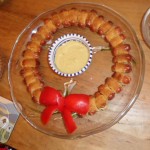 What we didn’t know when we planned to hijack Terry’s birthday was that it was Julie’s birthday on 31st December. And what they didn’t know (until M-D told them) was that it’s mine on 6th January. So you can imagine that the aperitif was more alcoholic than normal (and normal is pretty good!). We repeated a little fun presentation that we had done at Christmas by making a
What we didn’t know when we planned to hijack Terry’s birthday was that it was Julie’s birthday on 31st December. And what they didn’t know (until M-D told them) was that it’s mine on 6th January. So you can imagine that the aperitif was more alcoholic than normal (and normal is pretty good!). We repeated a little fun presentation that we had done at Christmas by making a 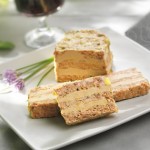 Our starter for the meal was a combination of
Our starter for the meal was a combination of 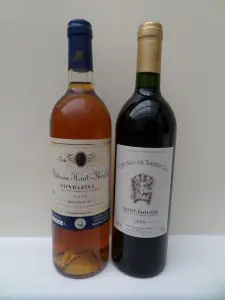 For the main course, we repeated a dish that had served us well at Christmas –
For the main course, we repeated a dish that had served us well at Christmas – 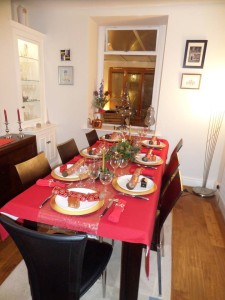 So, a couple of days before, armed with a a lump of wood and some parcel tape, I prepared the dining table for seven. This took a modicum of engineering skill since we don’t have a large dining room and the table was designed to only seat six! However, it seemed to work OK, because on 24th Marie-Danielle prepared a beautiful table for us while I was locked away in the kitchen!
So, a couple of days before, armed with a a lump of wood and some parcel tape, I prepared the dining table for seven. This took a modicum of engineering skill since we don’t have a large dining room and the table was designed to only seat six! However, it seemed to work OK, because on 24th Marie-Danielle prepared a beautiful table for us while I was locked away in the kitchen! Bruno was going to make it since he had been unwell for some days. However, he made a huge effort and spent the evening with a “cockerel hat” perched on his head (as opposed to Steve, who wore a “reindeer hat”) – yes, it was one of those nights! We are certainly blessed with some wonderful friends.
Bruno was going to make it since he had been unwell for some days. However, he made a huge effort and spent the evening with a “cockerel hat” perched on his head (as opposed to Steve, who wore a “reindeer hat”) – yes, it was one of those nights! We are certainly blessed with some wonderful friends. We decided to do a
We decided to do a  Upon Penny’s return, just before midnight, we all exchanged presents (I did warn you we were doing things French style!). After which, cheese was served, followed by M-D’s famous
Upon Penny’s return, just before midnight, we all exchanged presents (I did warn you we were doing things French style!). After which, cheese was served, followed by M-D’s famous 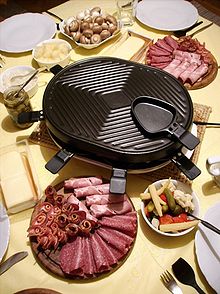 Obviously, we didn’t buy a 50kg block of cheese, light a fire and start scraping it – we used a more modern way of serving raclette that involves an electric table-top grill with small pans, known as coupelles, in which to melt slices of cheese. When we do this, we bring the cheese to the table already cut and sliced, along with a plate of charcuterie like Grisons (which is what we used last night) or pastrami or salami or cooked ham (or whatever floats your boat) accompanied by a big dish of boiled or steamed potatoes and a bowl of cornichons (small gherkins).
Obviously, we didn’t buy a 50kg block of cheese, light a fire and start scraping it – we used a more modern way of serving raclette that involves an electric table-top grill with small pans, known as coupelles, in which to melt slices of cheese. When we do this, we bring the cheese to the table already cut and sliced, along with a plate of charcuterie like Grisons (which is what we used last night) or pastrami or salami or cooked ham (or whatever floats your boat) accompanied by a big dish of boiled or steamed potatoes and a bowl of cornichons (small gherkins).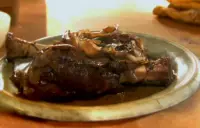 It had to be simple and straightforward, so we opted for foie gras as a starter,
It had to be simple and straightforward, so we opted for foie gras as a starter,